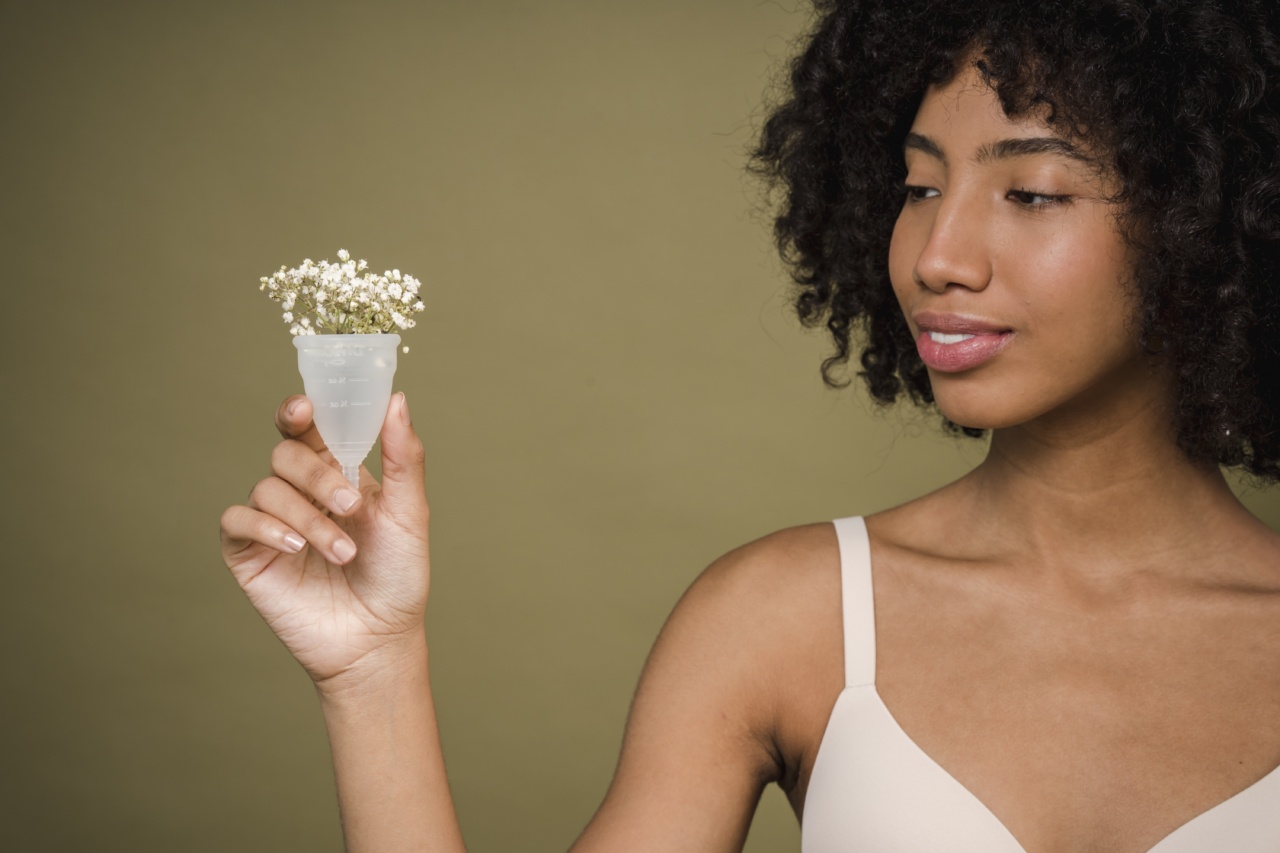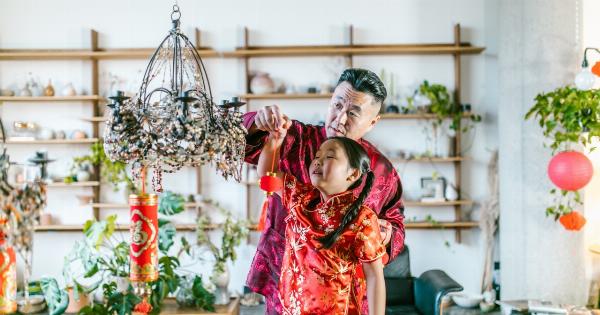Turning 16 is a momentous occasion in any girl’s life. It marks the beginning of new responsibilities, newfound independence, and the onset of puberty.
Along with these changes, one of the most significant milestones that a 16-year-old girl experiences is her first menstrual cycle. This event, commonly known as “menarche,” brings along a multitude of emotions and physical changes, but it also signifies the start of a girl’s journey towards womanhood.
Understanding Menarche: A Natural Process
Menarche is the medical term used to describe a girl’s first menstrual period. It occurs when a girl’s body begins to release eggs from her ovaries and her reproductive system matures.
While the average age for menarche is around 12-13 years, some girls may experience their first menstrual cycle as early as 9 years or as late as 16 years. Therefore, it is entirely normal for a girl to have her first period at the age of 16.
The Physical Changes During Menarche
When a girl reaches menarche, she may notice several physical changes in her body. These changes can include breast development, the growth of pubic hair, widening of hips, and the onset of menstruation.
The menstrual cycle typically lasts for 2-7 days and involves the shedding of the lining of the uterus through vaginal bleeding.
Signs and Symptoms of Menstruation
During her first menstrual cycle, a girl may experience various signs and symptoms. These can include abdominal cramps, breast tenderness, mood swings, headaches, fatigue, and bloating.
While these symptoms can be uncomfortable, it is essential to understand that they are a normal part of the menstrual cycle and usually lessen over time.
Importance of Hygiene and Protection
Managing hygiene during menstruation is crucial to ensure the girl’s health and well-being. Using sanitary pads, tampons, or menstrual cups can help absorb the menstrual flow and prevent leakage.
Changing these products regularly and maintaining proper hygiene practices, such as washing the genital area with water and mild soap, is essential to prevent infections.
Common Illnesses Associated with Menstruation
Menstruation itself is a natural and healthy process. However, certain illnesses can arise during this time. It is essential for girls to be aware of these conditions and take necessary precautions.
Here are some common illnesses associated with menstruation:.
1. Dysmenorrhea (Menstrual Cramps)
Dysmenorrhea refers to severe menstrual cramps that many girls experience during their periods. These cramps are caused by the contraction of the uterus muscles to expel its lining.
While mild cramps are normal, severe and debilitating cramps may indicate an underlying condition such as endometriosis or uterine fibroids. Seeking medical advice and practicing self-care methods such as applying a heating pad and taking over-the-counter pain relievers can help manage dysmenorrhea.
2. Premenstrual Syndrome (PMS)
PMS refers to a collection of physical and emotional symptoms that occur before the onset of menstruation. Symptoms can include mood swings, irritability, bloating, breast tenderness, and food cravings.
While the exact cause of PMS is unknown, hormonal changes and neurotransmitter imbalances are believed to play a role. Engaging in regular exercise, eating a balanced diet, managing stress, and getting enough sleep can alleviate PMS symptoms.
3. Premenstrual Dysphoric Disorder (PMDD)
PMDD is a severe form of PMS characterized by intense mood swings, depression, anxiety, and irritability in the days leading up to menstruation. These symptoms can significantly impair a girl’s daily functioning and overall well-being.
Consulting with a healthcare professional is essential for an accurate diagnosis and appropriate treatment of PMDD, which may include medication, therapy, and lifestyle changes.
4. Menorrhagia (Heavy or Prolonged Menstrual Bleeding)
Menorrhagia refers to abnormally heavy or prolonged menstrual bleeding that can interfere with a girl’s daily life. It can lead to fatigue, iron deficiency anemia, and a decreased quality of life.
Various underlying conditions such as hormonal imbalances, uterine fibroids, or polyps may cause menorrhagia. Treatment options may include hormonal medications, nonsteroidal anti-inflammatory drugs (NSAIDs), or, in severe cases, surgical interventions.
5. Amenorrhea (Absence of Menstrual Periods)
Amenorrhea is the absence of menstrual periods in girls who have reached reproductive age. Primary amenorrhea refers to the absence of a girl’s first period by the age of 16.
Secondary amenorrhea occurs when a girl who has previously experienced menstrual cycles stops menstruating for three months or longer. Amenorrhea can be caused by various factors such as hormonal imbalances, excessive exercise, eating disorders, polycystic ovary syndrome (PCOS), or other underlying medical conditions.
Consultation with a healthcare professional is essential to determine the cause and appropriate treatment for amenorrhea.
Taking Control: Prevention and Self-Care
While some illnesses associated with menstruation cannot be completely prevented, there are steps girls can take to minimize their impact and promote overall well-being. Here are some strategies for prevention and self-care:.
1. Maintain a Healthy Lifestyle
Eating a nutritious diet, engaging in regular physical activity, and getting adequate sleep can help regulate hormones and manage symptoms associated with menstruation. A balanced lifestyle also promotes overall health and mental well-being.
2. Practice Stress Management
Stress can exacerbate menstrual symptoms. Incorporating stress management techniques such as meditation, deep breathing exercises, and engaging in activities that bring joy and relaxation can help reduce stress levels during menstruation.
3. Track Menstrual Cycles
Keeping a record of menstrual cycles can help identify patterns, detect abnormalities, and anticipate symptoms.
Various smartphone apps are available to track cycles, symptoms, and overall health, providing valuable insights for healthcare professionals if needed.
4. Seek Medical Advice
If a girl experiences severe pain, abnormal menstrual bleeding, or any other concerning symptoms, seeking medical advice is crucial. Healthcare professionals can diagnose underlying conditions and provide appropriate treatment options.
Embracing Womanhood: A Journey of Self-Care
A girl’s first menstrual cycle marks the beginning of a lifelong relationship with her body and reproductive health.
Awareness, self-care, and proper hygiene practices play a vital role in maintaining physical and emotional well-being during menstruation. By understanding the common illnesses associated with menstruation and taking preventive measures, girls can navigate their menstrual cycles with confidence, empowering their journey towards womanhood.































